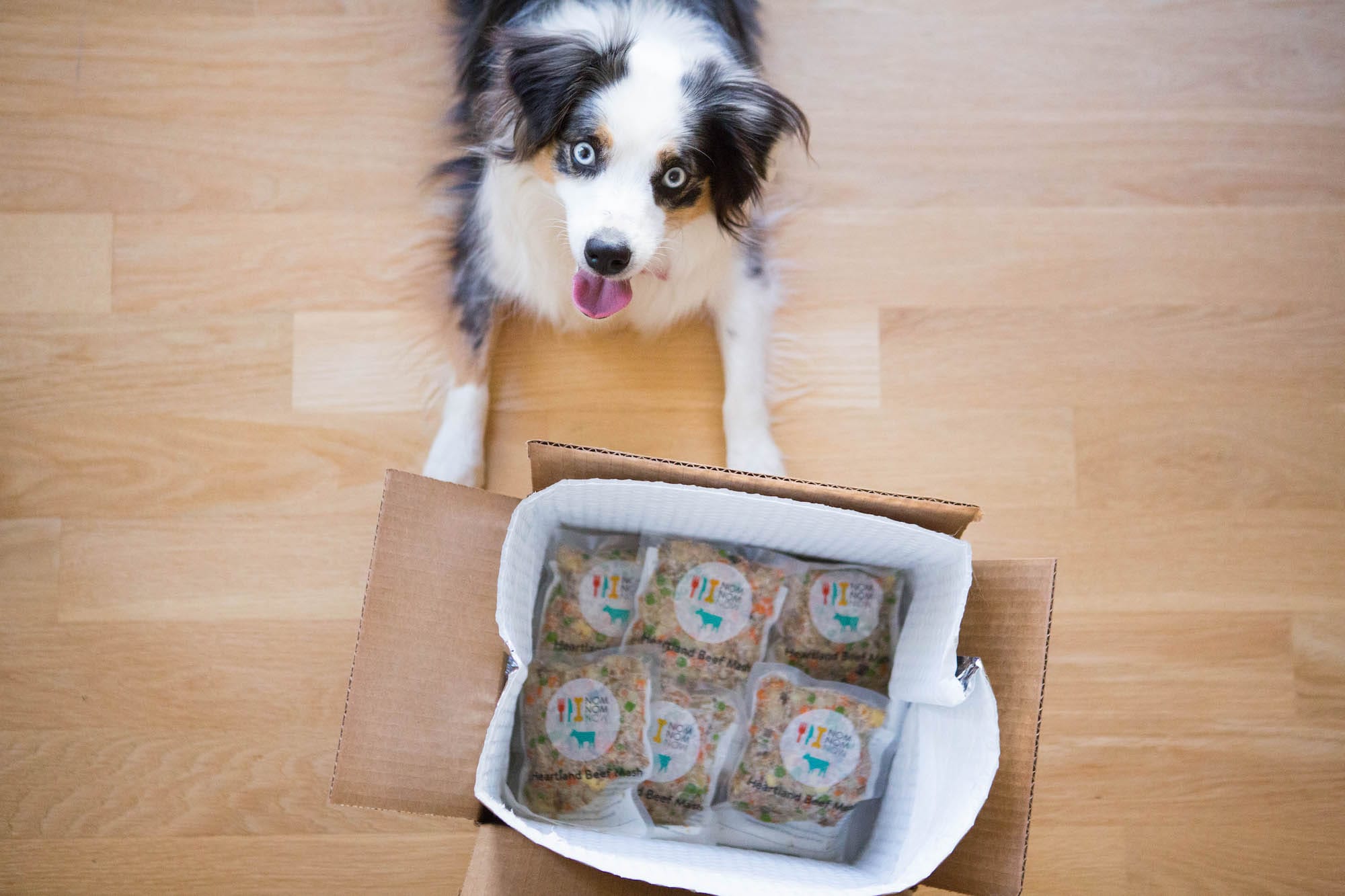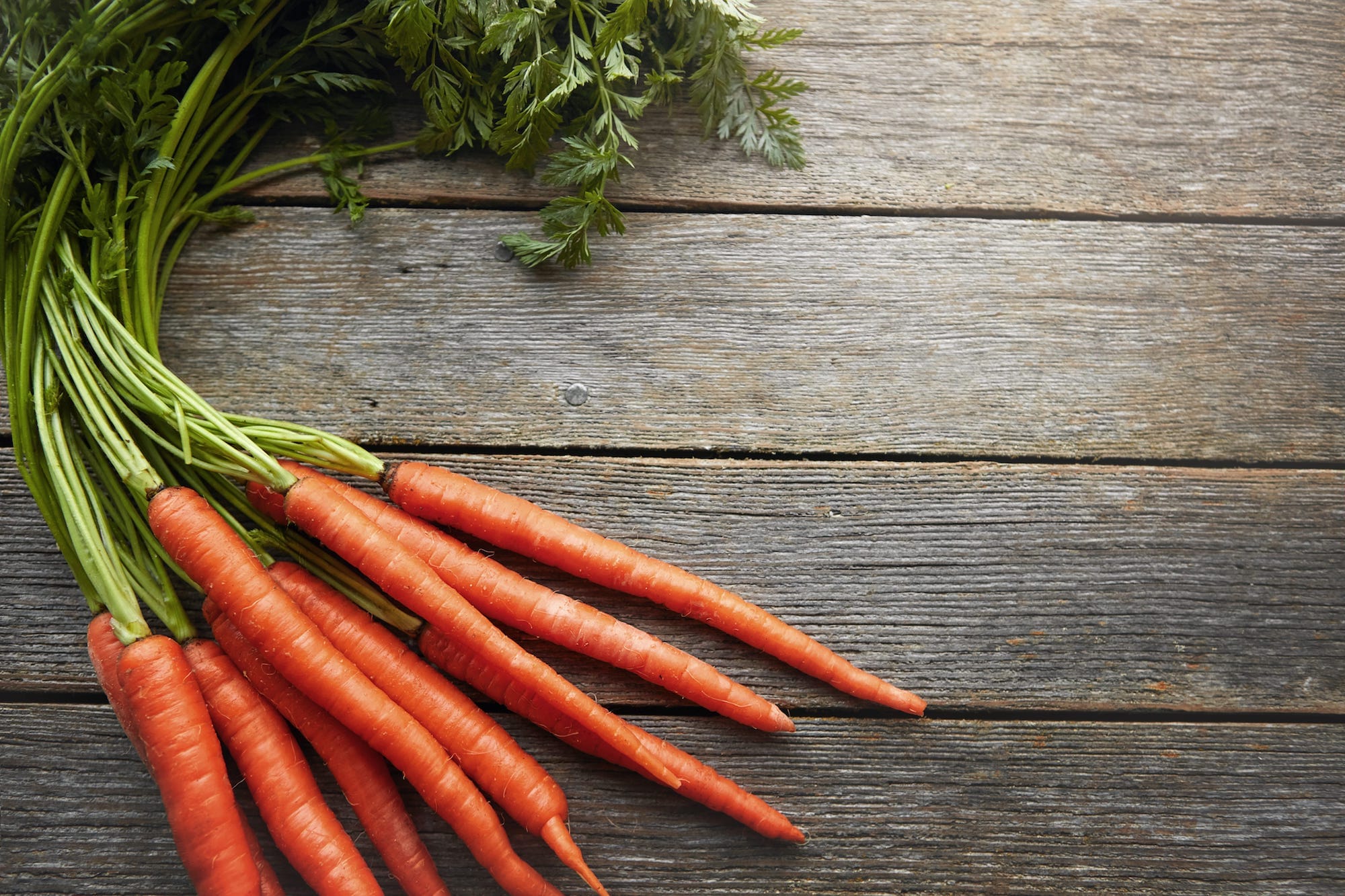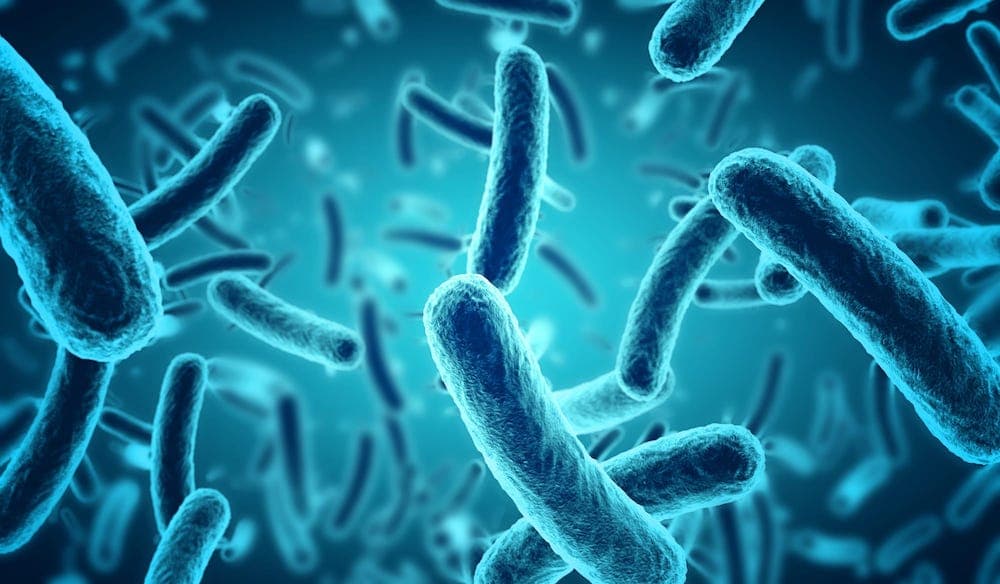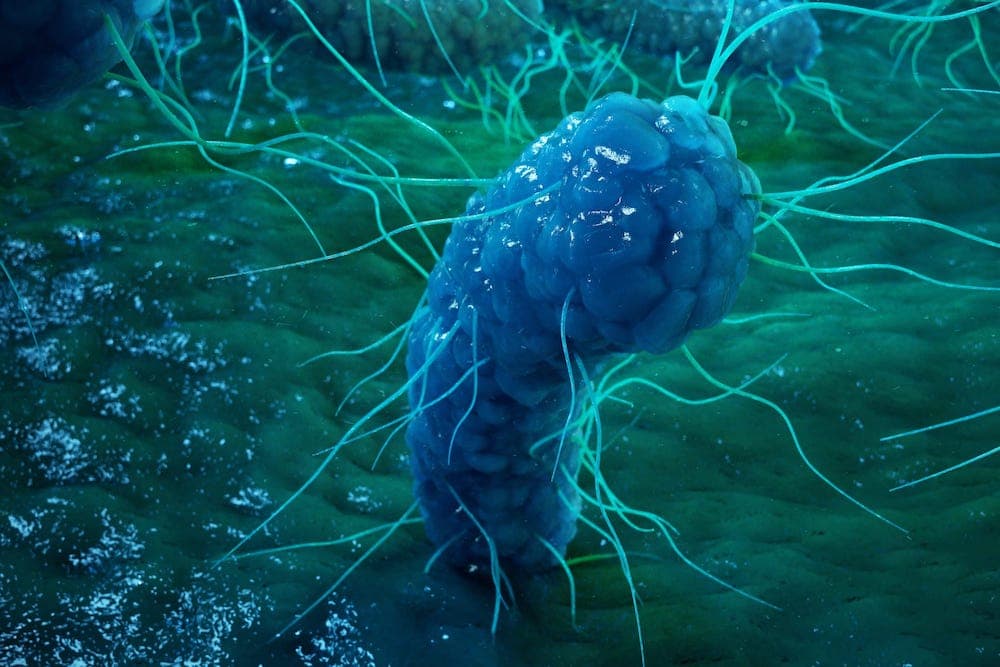Learn : Food & Nutrition
Grains - Good or Bad for Dogs?
Grain-free dog food is just that: any canine diet that is completely free of grains, including wheat, corn, rice, etc. It has become a popular choice for modern pet parents who want to feed their pups well, but is it really a better option for every dog? Are grains always the enemy, or is this a case of another fad diet? Further, is there any difference between good grains and bad grains?
Let us cut through some of the conflicting information on this topic: Contrary to popular belief, domesticated dogs are not true carnivores, as a carnivore derives most of its nutrition from animal proteins. More omnivorous than a cat (for example), dogs benefit from a balanced diet that includes a healthy percentage of carbohydrates—and yes, sometimes grains. While there can be specific dietary reasons to limit or eliminate grains for some individual dogs, there is no reliable evidence that grains as an entire food group are always a poor choice for every dog.
Why Do Dogs Eat Grain When Wolves Do Not?
Another question: can you easily picture your furry friend keeping up with a whole pack of wolves? (Not many people can answer yes to this.) The most straightforward answer is that dogs’ eating habits are different from those of wolves because they are not wolves and have evolved in countless ways over the centuries. The average lifespan of a wolf is significantly shorter than that of a domesticated dog, for instance. Further, a “day in the life” for a wolf looks very different than that of a dog. Some parallels do remain between the two, but their nutritional needs are different.
Although there is a healthy debate on this topic in the veterinary community, researchers have observed that even wolves are not always strictly carnivorous, and they have been known to eat grass, just as our domesticated friends occasionally do in our backyards today. Further, wolves consume the contents of the stomach of their grain-eating prey once they have their “catch of the day.” These behaviors suggest that the instinct to eat grain (as at least a small part of a balanced diet and in some form) may predate domestication.
Even if we were to disregard the sometimes grain-friendly eating habits of wolves, we would be left with the fact that dogs have been domesticated for thousands of years. This means that their digestive tracts have adapted to benefit from a diet that is balanced and contains carbohydrates as well as protein. There is evidence that amylase (which breaks down carbohydrates) is elevated in dogs when compared with wolves as a result of domestication. In other words, dogs have coexisted with their human companions for generations, and they have been eating grains as a part of a typical doggy diet for equally as long.
Whole Grain Versus Low-Quality Fillers
The fact is that whole grains can contribute valuable nutrients to canine diets, including vitamins, minerals, essential fatty acids, and fiber. True grain allergies are relatively rare for dogs. It has been proven that whole grains can actually contribute to a lowered risk of chronic diseases for people. They may have benefits for pets as well, but more research is needed in this area.
The problem with grain often comes in when it is of the wrong quality and quantity. Much of the mass-produced dog kibble on the market today is packed full of highly processed grain, which means that dogs may miss out on some of the powerful nutraceutical properties and beneficial phytonutrients that are naturally present in high-quality whole grains such as brown rice, oats, and teff.
Choosing the right source of grain is extremely important, and savvy pet parents should make sure that all of the ingredients in their dog’s food are included for their nutritional value rather than for simple convenience, as is often the case with kibble.
When Does Grain-Free Make Sense?
If your dog has tried several different varieties of dog food, (each from a different animal protein source but all containing grain), and your dog shows signs of allergies, then it might be time to try a grain-free diet. A few possible signs of an allergy include:
- Unexplained vomiting;
- Irregular bowel movements or flatulence; and
- Persistent rashes, constant licking, and biting of irritated or itchy skin.
Again, though true broad-spectrum grain allergies are rare, it may be worth a discussion with your veterinarian if your pup is suffering. The allergy may instead be to a specific protein source, such as chicken or lamb, but if you have already attempted feeding several different formulations of food, each with a single protein source, then it is possible that the grain may be the culprit.
It is also possible that the allergic symptoms are completely unrelated to food. Be sure to talk with your veterinarian about eliminating the possibility of environmental allergy before making any sudden changes to your dog’s diet.
Where Did the Grain-Free Craze Start?
You may now be wondering where all the excitement about grain-free diets came from in the first place if they are not necessarily the best choice for every dog. After all, you only need to stroll through the aisles of any pet supply store to see bags of dog food proudly labeled “grain-free,” “healthy,” and “natural,” as if all of those terms mean the same thing.
Although there are likely several factors at play, it is worth mentioning that these diets started to hit the marketplace at around the same time as parallel human dietary trends. The paleo diet and the benefits of reducing or eliminating grain and carbs in the human diet were at top-of-mind for many people as these dog foods started gaining popularity. Especially health-conscious pet parents naturally want to ensure that their pets eat just as well as they do.
Consider another possible contributing factor: the melamine pet food recall of 2007. Mass kibble manufacturers used grain fractions (eg wheat gluten) that had been contaminated with melamine from China, and this caused kidney disease in a lot of pets.
Issues like this tend to stick around in the collective consciousness for a long time afterward. While this was a case of tainted grain, not that grain was bad for pets, to begin with, it’s sometimes hard for consumers to separate facts from general feeling. Part of the result of the recall was a negative association with grain in pet food.
All Things in Moderation
Whether you end up opting “to grain or not to grain” with your precious pup, it is important that you make your decision only after carefully considering impartial, fact-based evidence as well as the full nutritional picture.
All the same, if you do prefer to feed grain-free meals to your dog, you can (and should) find healthy alternatives to grain to ensure that he still gets his recommended nutritional percentage of carbohydrates with every serving. Potatoes and sweet potatoes, for example, are not grains, but they are an excellent source of carbs and fiber for dogs. Peas, lentils, and beans are other possible choices for the grain-free pooch.
Generally speaking, diets that are completely without grains are popularized far more by marketers than by veterinarians, but it is important not to rule anything out that may benefit your dog’s health and comfort. Still, talk with your veterinarian about your options before making any radical diet changes for your furry friend.



 Gluten And Grain Free
Gluten And Grain Free
 What Is NomNomNutrient Mix?
What Is NomNomNutrient Mix?
 Microbiome And Pet Health
Microbiome And Pet Health
 Microbes in the Gut
Microbes in the Gut